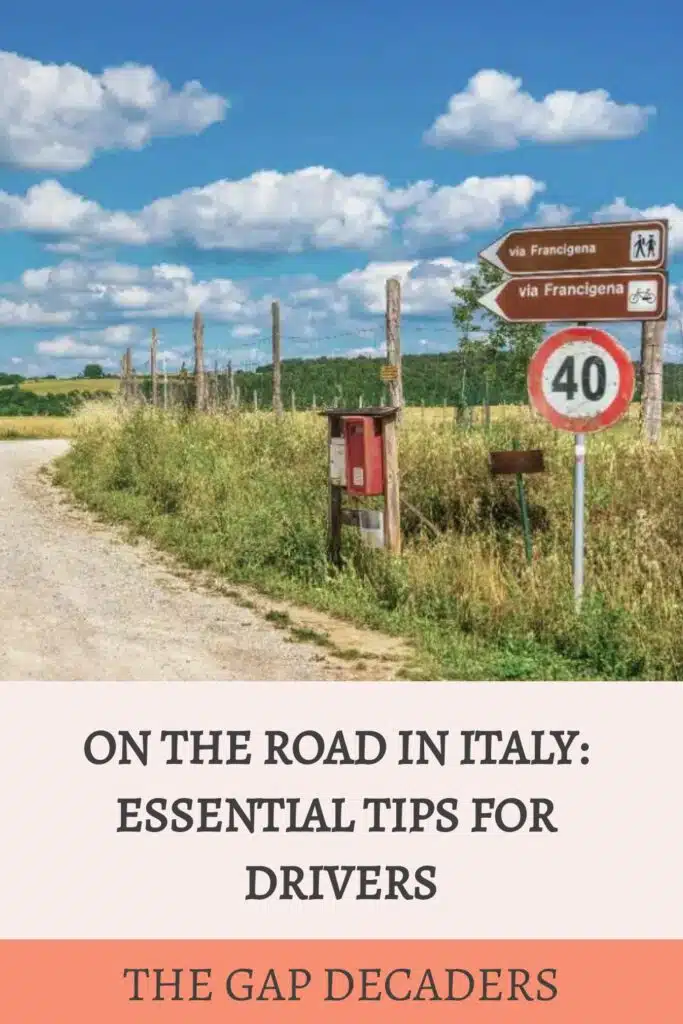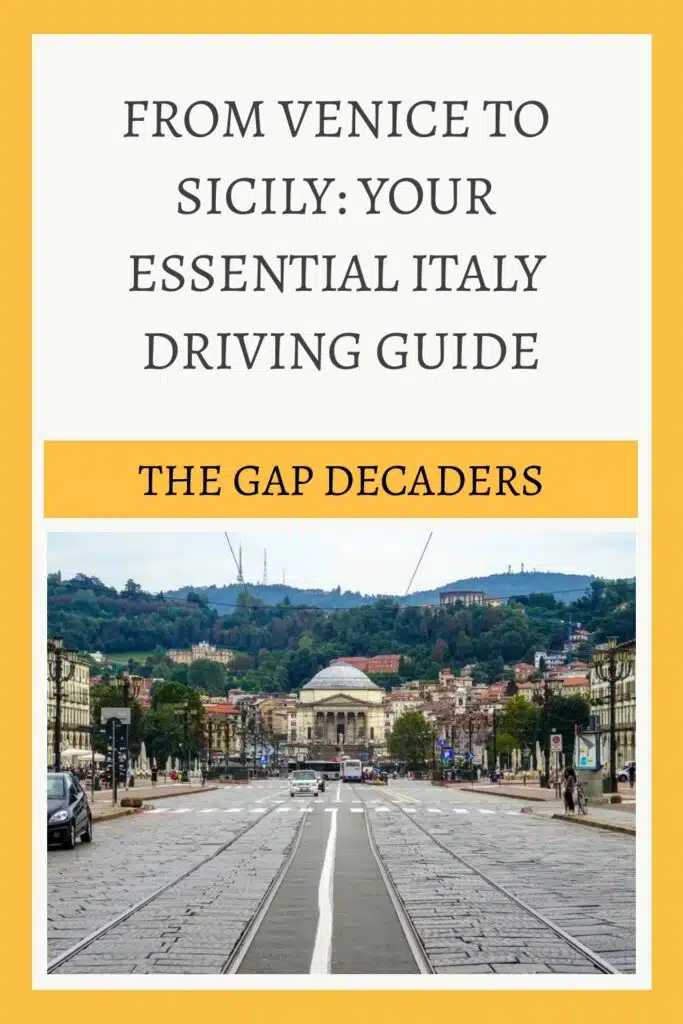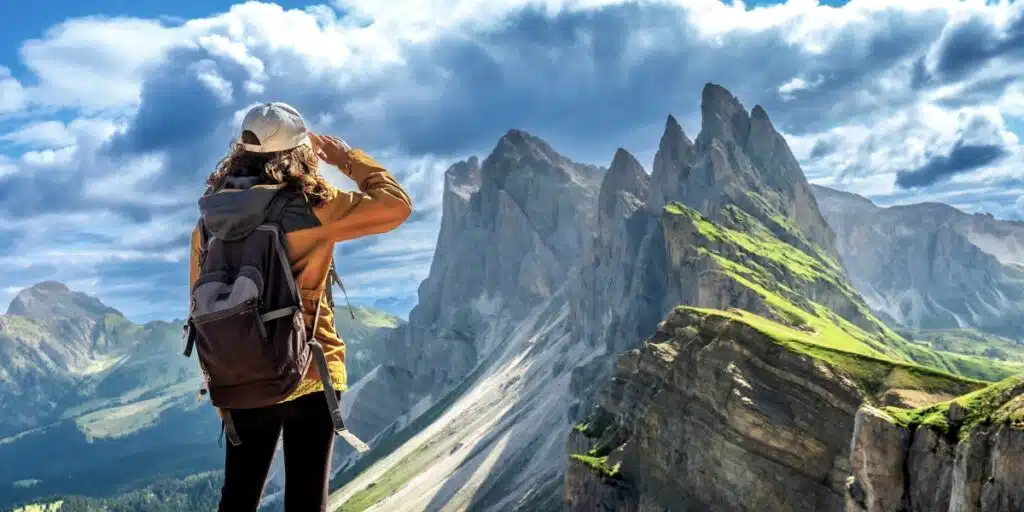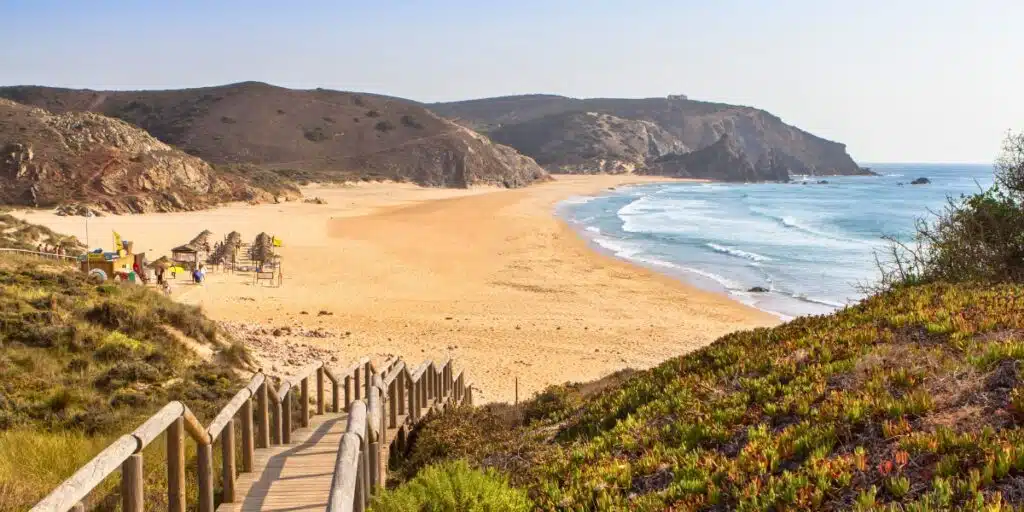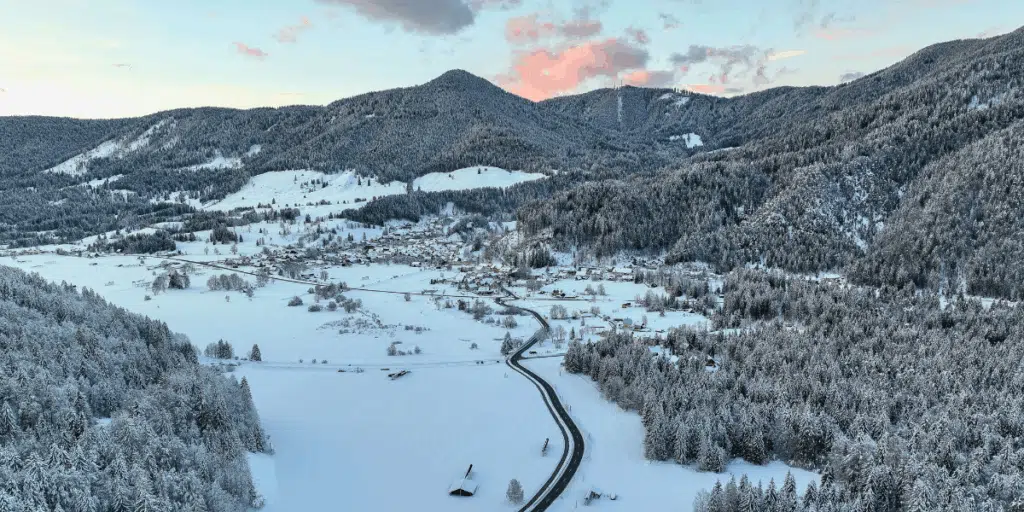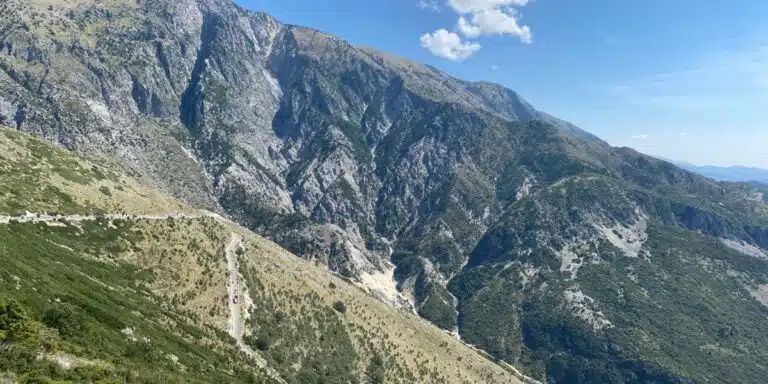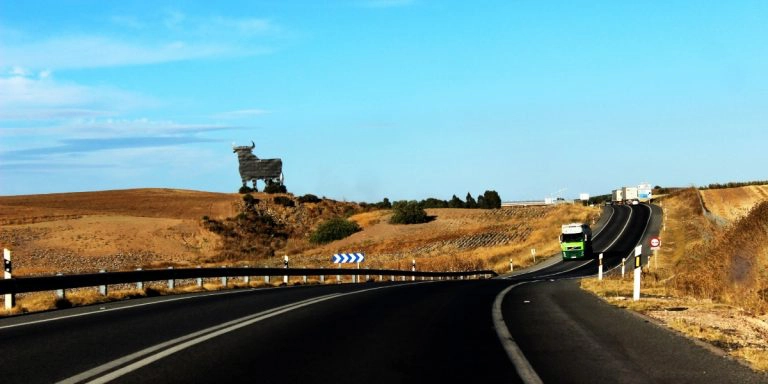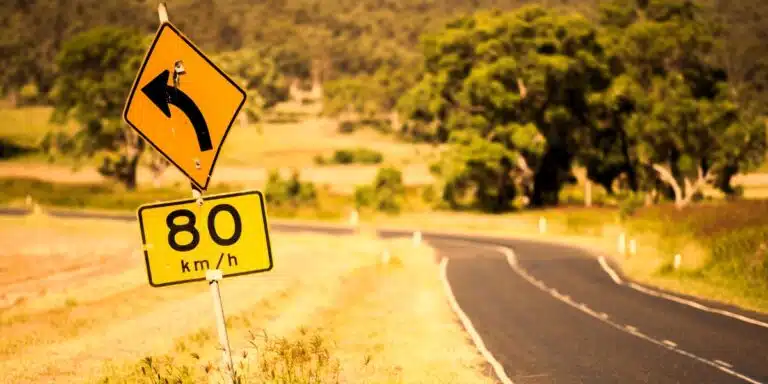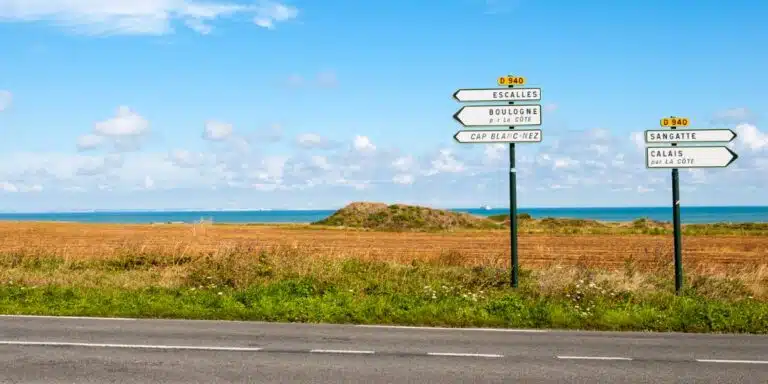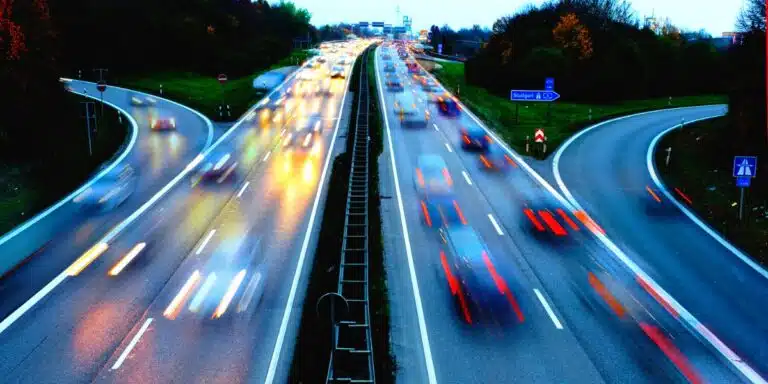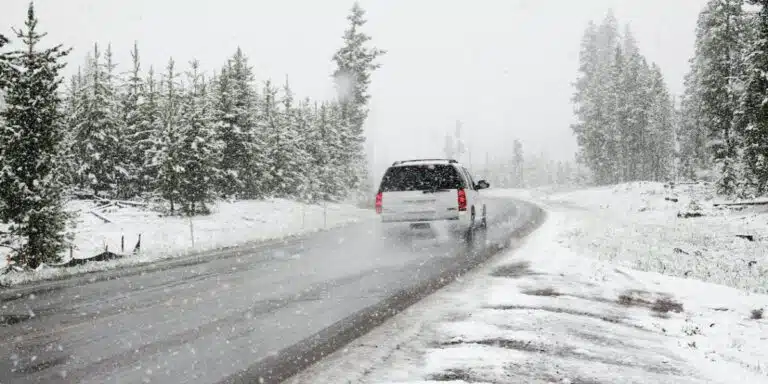This post may contain affiliate links, from which we earn an income. Click here to read our affiliate policy.
Italy Driving and Road Trip Tips
Are you thinking about driving in Italy? It’s a different experience compared to driving at home, with its own set of rules, road habits, and safety considerations. Before you hit the road in Italy, it’s essential to familiarize yourself with these nuances.
We spend a few months in Italy most years traveling by overland truck, motorhome, and motorbike. We’ve visited the four corners including Sicily, Puglia, and the Dolomites, as well as most of the stuff in between!
In this Italy driving guide, we’ll share lots of practical driving tips and tricks, information about road conditions, and highlight what to expect when you’re behind the wheel so you can enjoy a safe and stress-free road trip in Italy.
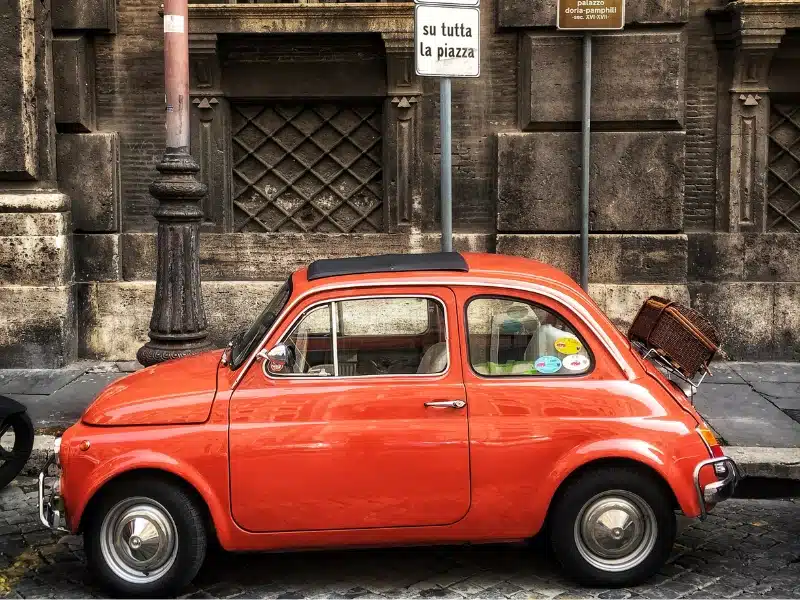
Is Driving in Italy Safe?
Yes! As long as you are aware of the challenges and obstacles and haven’t just passed your test, then driving in Italy is perfectly safe.
For context, Italy’s road traffic accident fatalities per 100,000 inhabitants is 5.2, whereas the United States is 12.9, and the United Kingdom is 2.9.
Ideally, you will be a confident driver with some experience, especially if you are in an unfamiliar vehicle such as a rental car.
The most important thing is to take your time driving when you first arrive in Italy, getting a feel for the roads and understanding how the locals drive.
Is this your first time visiting Italy? Get all the information you need in our Italy Travel Guide, including what to pack, the best time of year to go, getting there and practical tips to help you have the best trip!
Renting a Car in Italy
Renting a car in Italy is easy as long as you meet the Italian driving requirements. All airports and major cities have car rental depots. Car rental companies in Italy will require you to have the following;
Make sure you hire a car for your Italian road trip from a reputable and recommended national or international chain.
As one of the largest car hire aggregator companies in the world, we recommend Rentalcars.com because they have massive purchasing power that enables them to secure the best rental prices, which benefits you when you’re planning a road trip.
These are some common situations that occur when collecting a rental car in Italy:
RELATED POST: Driving in Europe – Everything You Need to Know
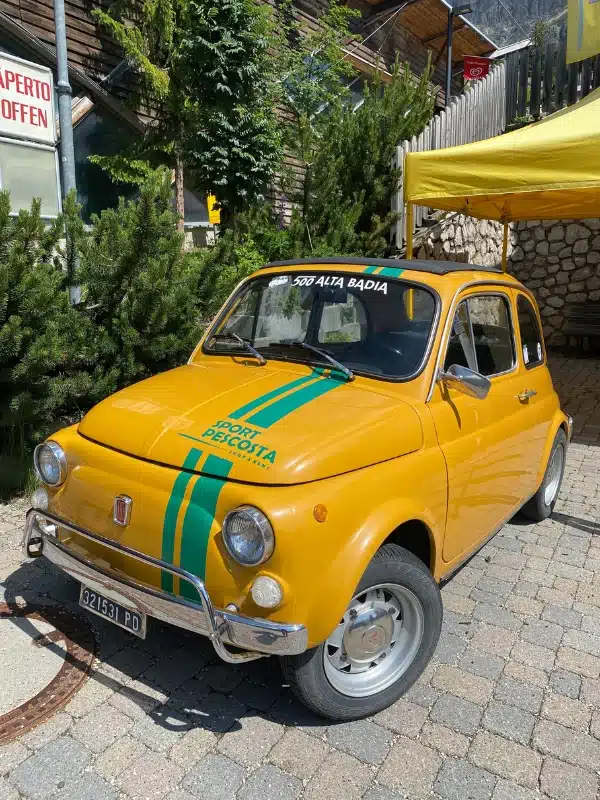
Taking Your Own Vehicle to Italy
Driving to Italy from the UK or European Union is pretty straightforward and you may temporarily import your vehicle for up to six months (although this sounds complicated, you don’t actually need to do anything!).
You need to carry the following documentation:
RELATED POST: The Ultimate Bucket List Italy Road Trip
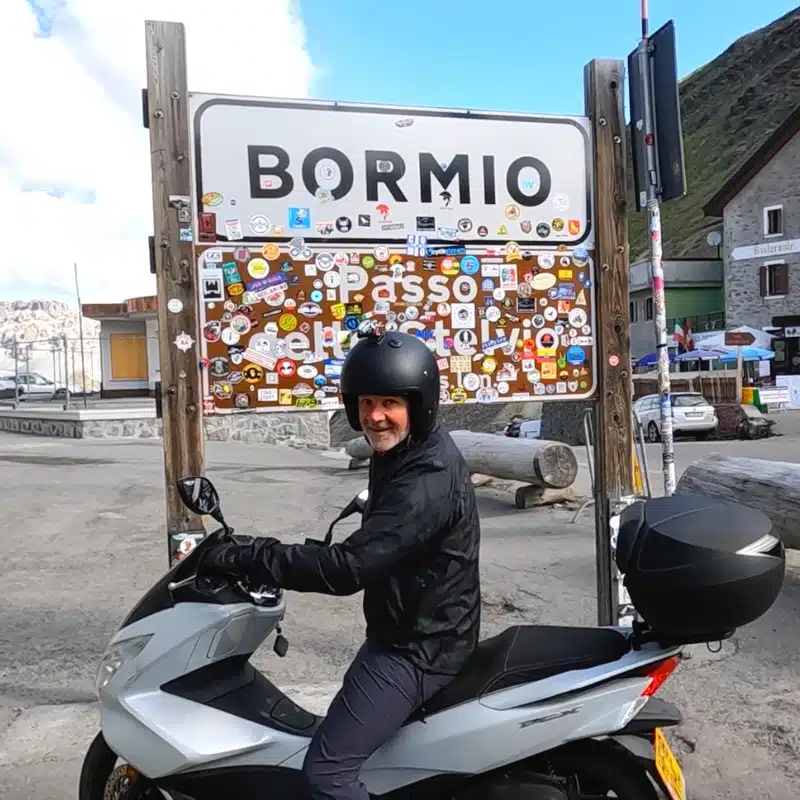
Make sure you have travel insurance you can trust when visiting Italy. We recommend True Traveller for their 5-star TrustPilot reviews, variety of cover options, best activities cover as standard, great prices, and excellent service.
Italian Road Rules
Many of the driving laws in Italy are shared across European countries. Although you may see locals not obeying the rules – using mobile phones at the wheel and not wearing a helmet are things we have seen regularly – doesn’t mean you should. Make sure to follow these rules of the road:
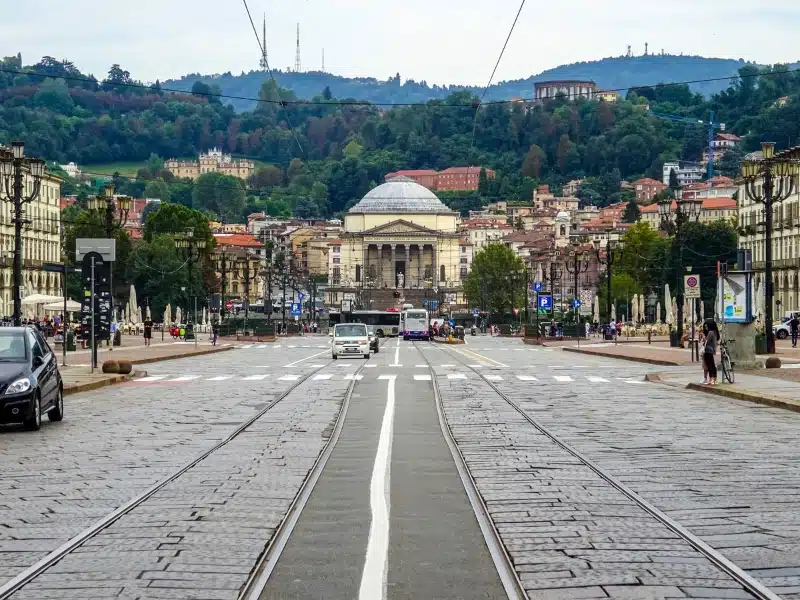
Speed Limits in Italy
Stick to the speed limits in Italy which are strictly enforced. Don’t forget that speed limit signs are in kilometers, not miles. These are the general speed limits for cars:
Italian authorities are notorious for their strict enforcement of speed limits throughout the country. Positioned strategically along highways, city streets, and rural roads, speed cameras and average speed cameras are adept at catching speeding motorists.
The fines for speeding violations can be substantial, and some cameras even have the capability to detect other infractions such as running red lights or illegal lane changes. With such comprehensive coverage, we encourage you to stick closely to the speed limits to avoid receiving fines in the mail weeks after your Italian adventure.
And just a note about that… If you’re an EU or UK driver, the Italian police will catch up with you in your home country due to the driver and vehicle data sharing protocal in place between EU countries, which was extended to the UK as part of the Brexit agreements.
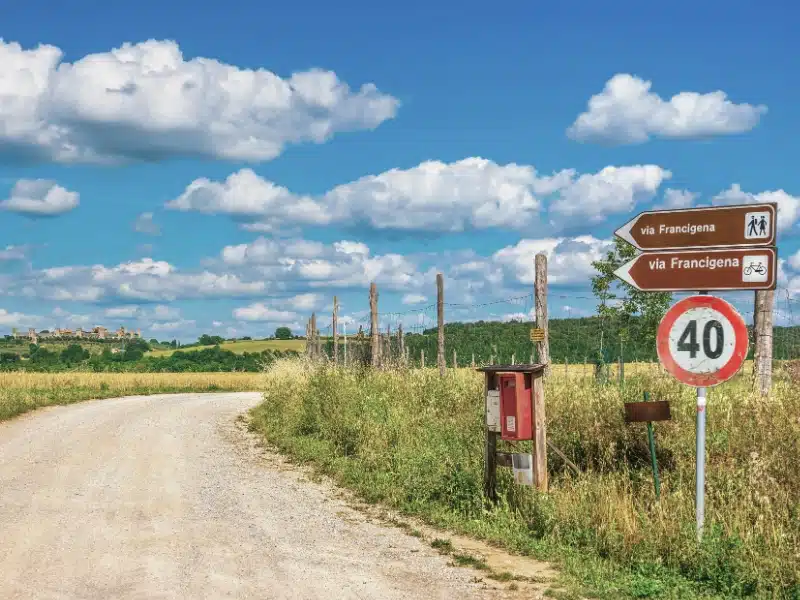
Safety Equipment
You must carry the following equipment in your vehicle. If you’re in a hire car, check with the car rental company that these items are included, as they are a legal requirement:
Looking for the best SIM card deals in Europe for your trip? Check out our guide to the best data SIMs in Europe and get the best deal for your trip to Italy.
Driving a Motorhome or Campervan in Italy
Traveling through Italy by motorhome is a fantastic way to see the country and it’s easy to fly in and rent one. Our recommended Italian motorhome and campervan hire company is Motorhome Republic, who have depots in Rome, Milan, Florence, and many other major Italian cities – perfect starting points to see all the best bits as you road trip Italy.
There are some specific laws regarding motorhomes, camper vans and caravans in Italy, whether you’re hiring one or driving your own:
RELATED POST: Motorhoming in Italy: Your Complete 2024 Guide
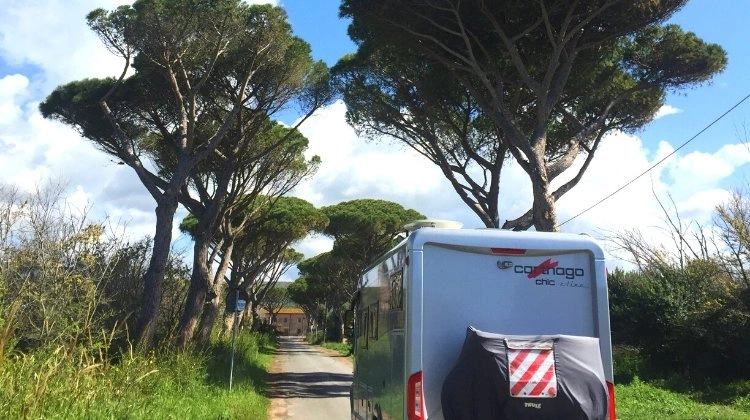
Toll Roads in Italy
Tolls are more expensive than in Spain but much cheaper than in France. Not all autostradas have tolls or only have them on some sections.
Generally, it is far cheaper, easier, and quicker to take the toll roads due to the sometimes poor construction of lesser roads, although we always see potholes on toll roads all over the country.
Toll roads are pay-as-you-go. At the toll booth, which are usually unmanned, try to avoid using large notes. If the machine has no change, it will give you a credit note which you can exchange for cash at some obscure Italian highways office in a random town where no one will understand your bad Italian. The best option is to use the correct money or your credit card!
Alternatively use a Bip&Go, Tollbird, or Telepass device to allow you to pass without using the non-barrier lanes and pay via a credit card.
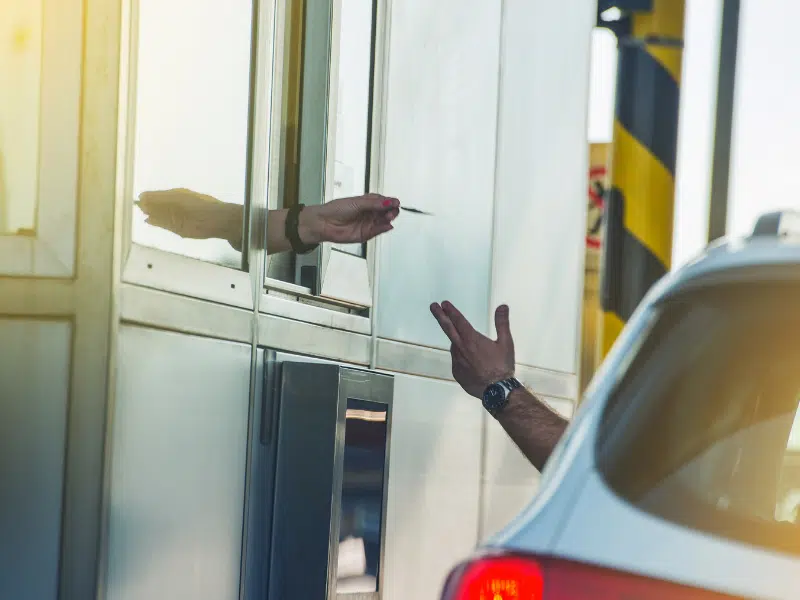
Low Emission Zones in Italy
Italy has many different low-emission zones with differing standards, time periods, and enforcement methods. You’ll find these mainly in northern Italy, but also in mid-Italy and Sicily.
In Milan and Palermo, these schemes combine LEZ and urban road tolling schemes. Check here what the requirements are if you’re planning to visit a city.
In many historical centres and major towns traffic is restricted from entering areas known as ‘Zona Traffico Limitato’ or limited traffic zones. Where you see the ZTL sign accompanied by another stating varco non attivo. this means that you can pass and enter the limited traffic zone, without breaking any regulations.
You can expect to receive a fine by post if you drive your vehicle into a signed ZTL as only residents are permitted to use these town roads, so don’t go there!
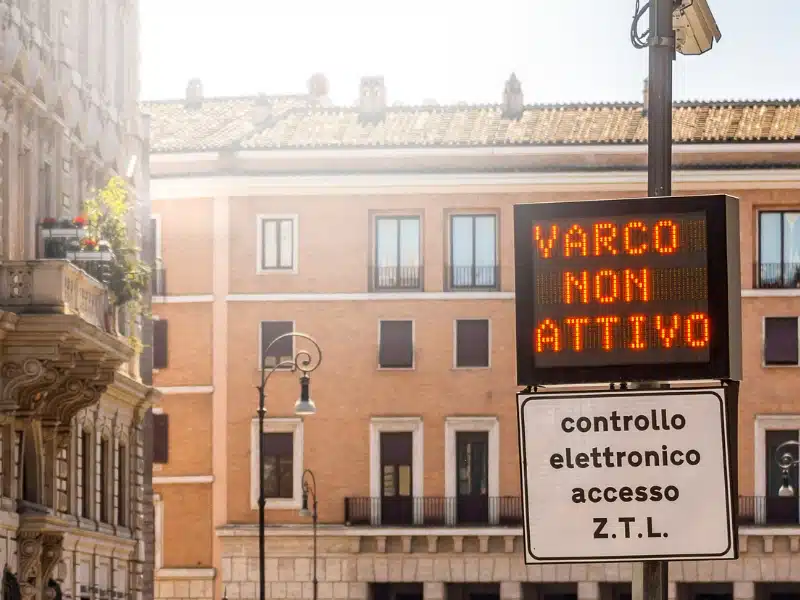
Italian Travel Inspiration
Road Etiquette
Italian drivers are generally pretty inconsiderate, don’t follow road signs, park badly, and have little regard for other vehicles. This can be evidenced by almost all Italian cars, especially in cities, having a variety of bumps and scrapes.
Flashing indicators and headlights are used as a way of letting you know they want to get passed and the horn is heard frequently.
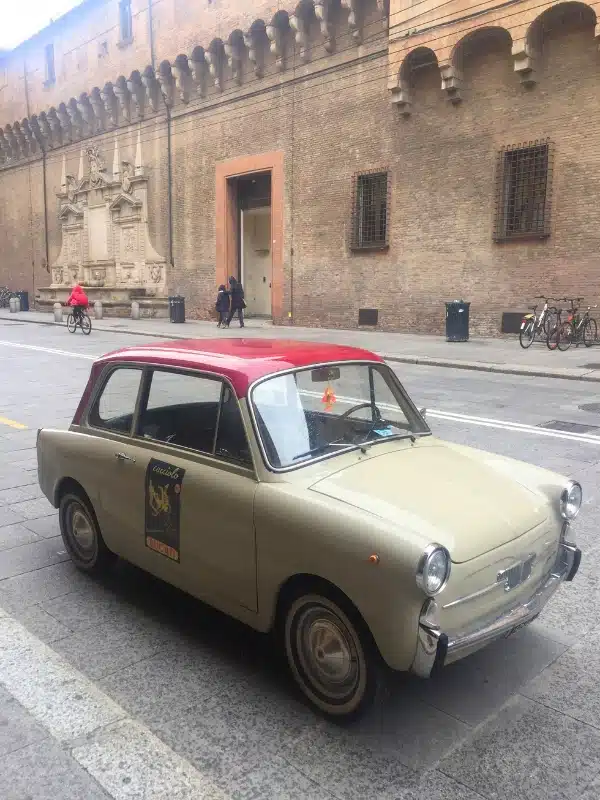
Road Quality
The quality of the roads in Italy varies depending on how far north or south you are. Generally speaking, the further into southern Italy you go, the worse the roads will be, especially in rural areas.
Out-of-town and country roads tend to be poorly maintained with large potholes, often verging on craters, being common. Autostradas and strade statali (state roads) tend to be maintained in better condition, but potholes are not unheard of, so keep your eyes peeled.
Road markings are also often lacking, either worn away or not applied in the first place. Expect this and take it easy where it’s not clear.
RELATED POST: Southern Italy: Discover the Best 33 Places To Visit
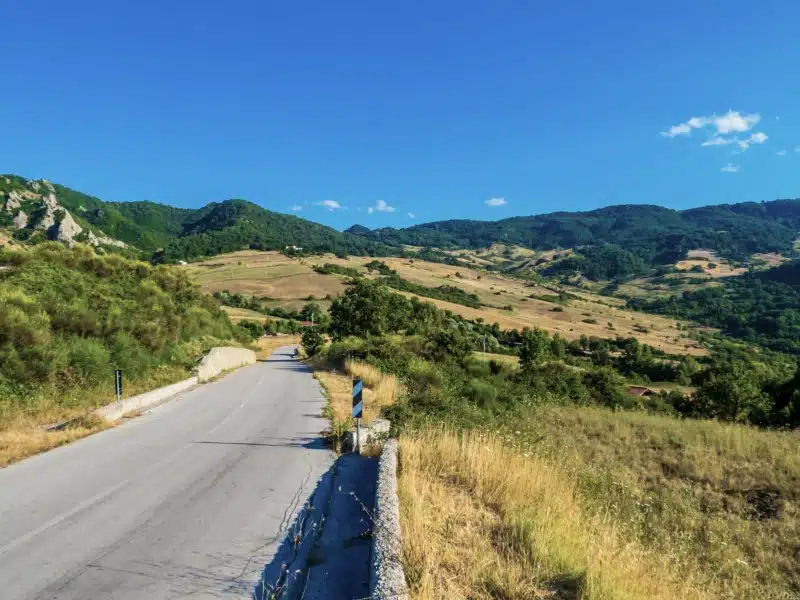
Road Hazards
The singular biggest hazard on the roads in Italy is other drivers.
Turn signals are rarely used (other than to indicate you should move over or give way) and stop signs not adhered to, so you must guess the driver’s intentions at roundabouts and junctions.
Slow down on the approach and be ready to brake quickly. If you are unsure about the right of way, give way to the other driver and ensure they have passed you before making your maneuver.
Italian drivers also like to overtake, even if you are traveling near or on the speed limit. If you are a cautious driver, then you will have cars driving very close to your rear bumper as they wait for an opportunity to get past. Try not to be intimidated by this and don’t exceed the speed limit trying to shake them off.
Other hazards include large potholes, road surface damage, and generally poorly maintained roads.
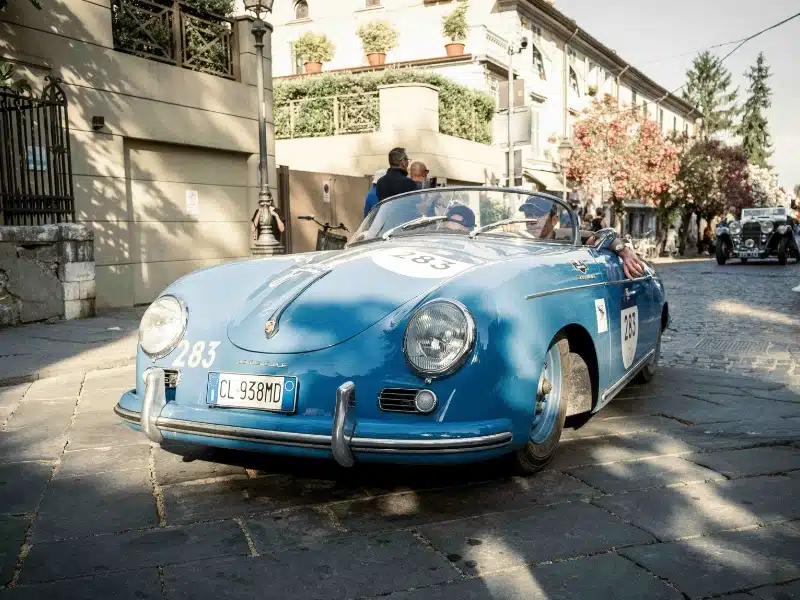
Driving in Cities
If you can avoid driving into large Italian city centers, then do. This is partly to avoid the pedestrian zones, narrow roads and one-way streets of the limited traffic areas and low emission zones which are common in big cities, but also because it’s a bit of a white-knuckle experience!
Italian city driving is fast, frantic, and involves an ‘everyman for himself’ approach.
You may prefer to park outside the city and get public transportation.!
RELATED POST: Rome in a Day – Itinerary, Map, Tips & Guide
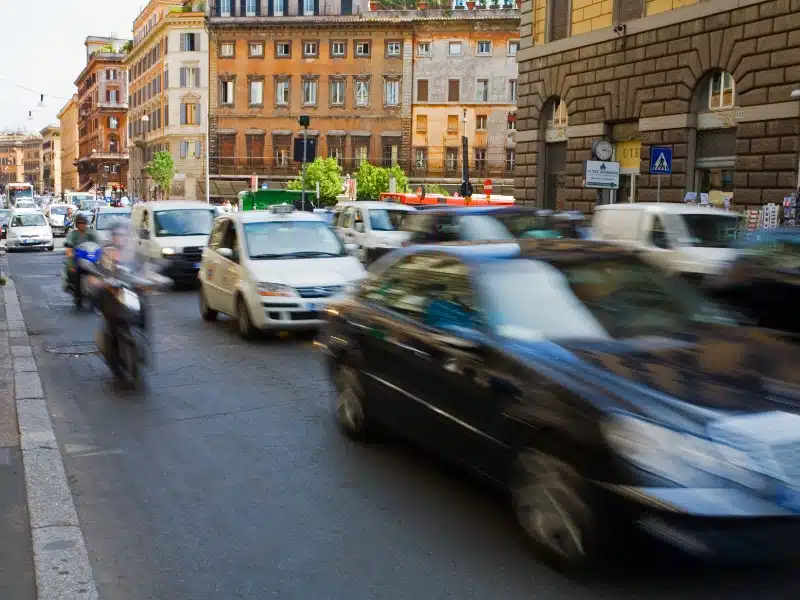
Parking
Parking in Italy, especially on the narrow streets of historic cities and urban areas which not designed for cars, is stressful.
Italians just abandon their cars wherever there is the tiniest gap, not even a parking space, often blocking others in or creating a hazard.
Small towns may not present too much of a problem, and if you’re in a tourist area many towns have a free parking lot on the outskirts where you can park and catch a shuttle bus.
For larger cities,the best way is to research parking garages online and drop your car off for someone else to park, or follow this guidance to find an appropriate street parking space:
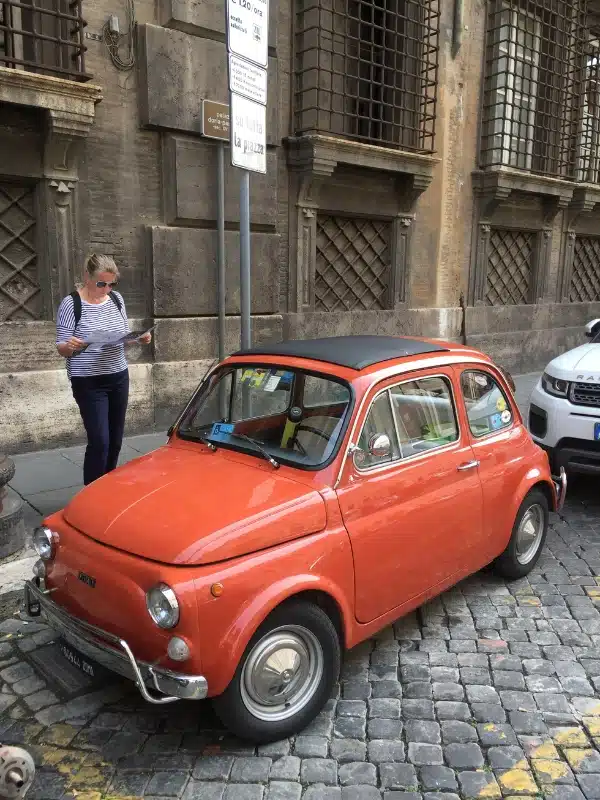
Winter Driving
If you are visiting mountainous areas of Italy in winter, like the Alps, the Dolomites, or Abruzzo, then it is likely you will encounter snow. Italian law says that vehicles must be equipped appropriately:
Some parts of Italy can introduce local legislation making the use of winter tires and snow chains compulsory, you should check for signage and ask at tourist information offices.
RELATED POST: Driving in the Alps: Top Tips & Best Routes
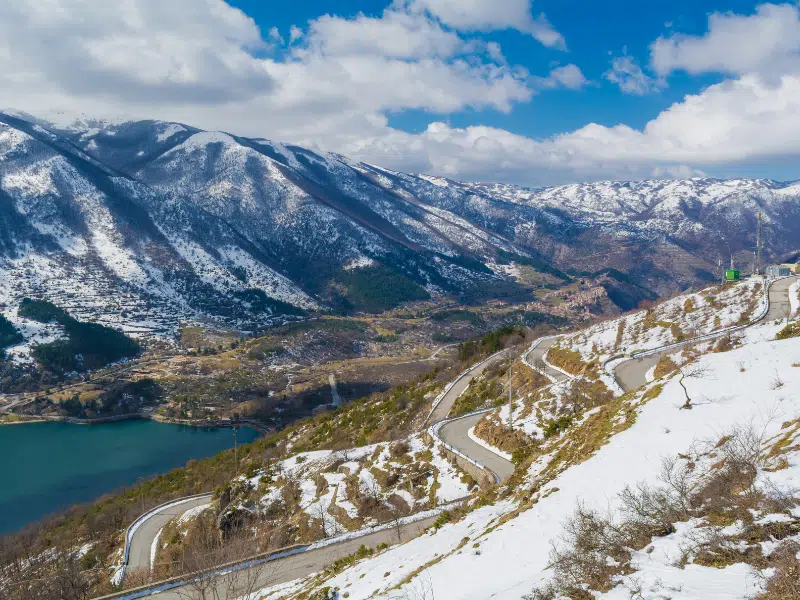
Fuel
In Italy, benzina is unleaded fuel and gasolio is diesel.
Italian gas stations often have a self-service and a servizio (serviced) option. The forecourt attendant may try and direct you to the serviced option when you drive in.
For this pleasure, you will pay around 15c more per liter on some of the most expensive fuel in Europe. Ignore the directions, unless you want the attendant to fill your tank, and fill up yourself.
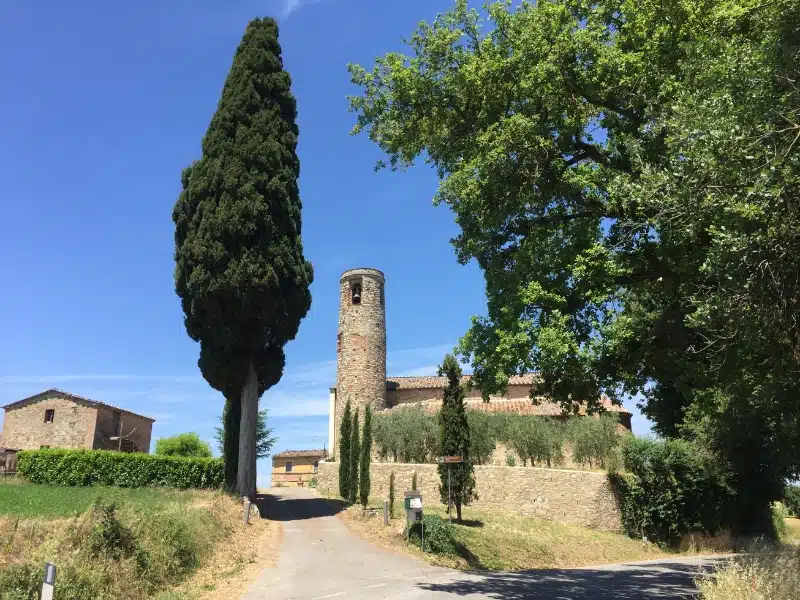
Places to Avoid!
Amalfi Coast
The Amalfi Coast is one of Italy’s premier attractions, renowned for its breathtaking coastline. However, the roads here pose significant risks, with steep cliffs and heavy traffic in high season.
Parking fees, when you can find a space, are astronomical. While the coastal road may appeal to thrill-seeking car enthusiasts, the reality is stressful. We say, do it on a motorbike or scooter instead!
RELATED POST: A Bucket List Amalfi Coast Road Trip
Capri
As one of Italy’s most renowned islands, Capri restricts traffic to locals only, making driving impractical for visitors. Coupled with perilous road conditions, exploring Capri is best enjoyed on foot or with the guidance of a local driver.
Catania
A major city on the island of Sicily, Catania’s narrow streets, dangerous driving and appalling parking facilities make the historical center even worse than Palermo for drivers. Don’t go there!
RELATED POST: Sicily Road Trip – Itinerary, Tips & Map
Cinque Terre
Cinque Terre, Italy’s most frequented national park, comprises five ancient fishing villages perched along cliff edges, accessible solely by train, boat, or foot.
Monterosso al Mare, the largest of the small villages, does allow driving access, but we would not recommend it due to steep parking costs and hazardous local roads.
The Cinque Terre Express train offers regular service from La Spezia to Sestri Levante, along with public ferries.
Florence
Like all large cities in Italy, Florence enforces traffic restrictions in various city sections, with limited parking availability, substantial fines, and congested streets.
Fortunately, the train station is conveniently located within the city, a pleasant 10-15 minute walk from the duomo, and there is good parking along the main train routes out of the city.
RELATED POST: Florence in One Day – Itinerary, Map, Tips & Guide
Naples
I have nightmares about driving in Naples. One year, we were traveling from Rome to Vesuvius and our sat nav diverted us through the centre of Naples. And we were in a 9 meter long motorhome.
The roads where shocking, the driving abysmal and the stress more than I care to remember. I think it’s safe to say that we won’t be driving in Naples ever again!
Rome
Renowned as the ‘Eternal City,’ Rome is a must-visit destination in Italy, but we wouldn’t recommend driving in the city. Parking is scarce and expensive, exacerbated by unofficial attendants demanding tips.
The city has lots of restricted traffic zones, often resulting in fines for visitors. We suggest utilizing local transportation, walking, or hiring a knowledgeable driver.
Siena
Siena, a gorgeous town in the heart of Tuscany, boasts a car-free city center. Parking is situated outside the town, with an easy stroll to reach the historic center.
Venice
Venice, the famous island city, is renowned for its intricate network of canals navigated by boats, so you can’t drive there!
However, once you cross the Liberty Bridge, there are car parks at Tronchetto Island and Piazzale Roma, with the latter being the best place to park as it’s closest to the city.
RELATED POST: One Day in Venice – Itinerary, Map, Tips & Guide
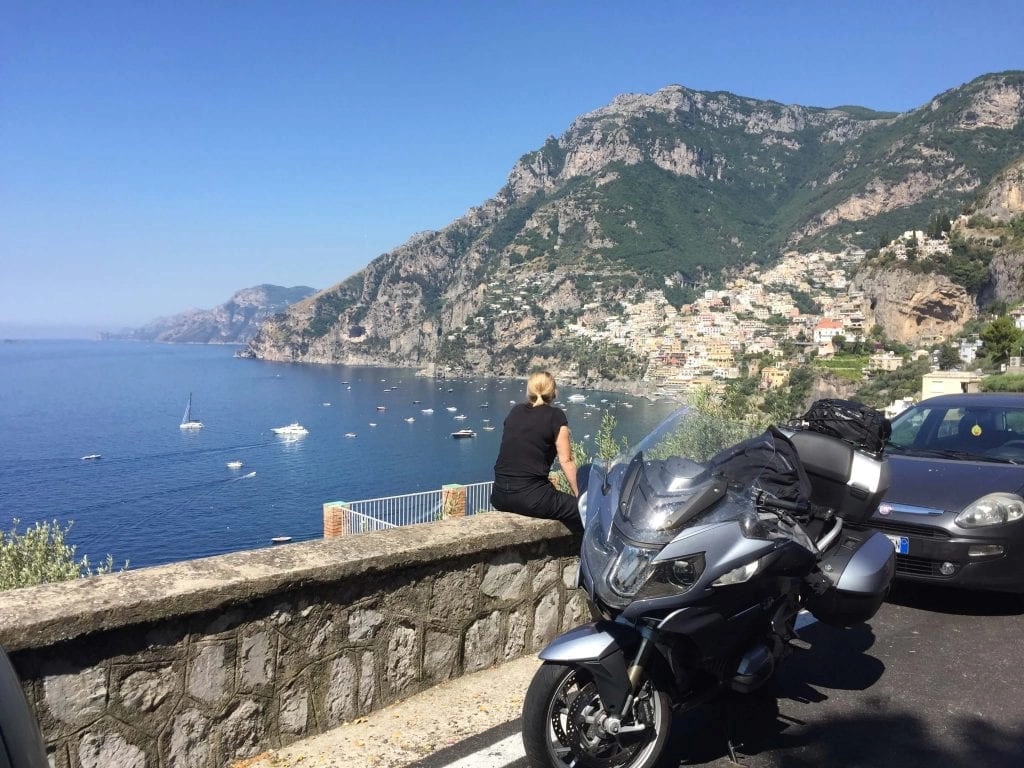
In an Emergency
Accident
If you have an accident you’ll need to complete the EU Accident Statement, which you can download if your insurer hasn’t provided one.
Stop safely and use your hazard lights and warning triangle to alert other drivers.
Exchange details (a translate app comes in handy here) and take lots of photos to add to your form when you submit it to the insurers.
If the other party won’t give details or there has been an injury, you should call the police on 112.
Breakdown
If you’re on the autostrada, emergency telephones linked to an SOS telephone network are installed at 2km intervals.
There are two types of emergency telephone on Italian roads, from which you either connect to the emergency call center and speak directly to an operator or the type where you press a ‘spanner’ button for mechanical assistance or a ‘red cross’ button for medical aid. A red light will then let you know your request has been received.
If you’re driving your own car to Italy, we highly recommend organizing breakdown insurance beofre you travel.
RELATED POST: How to Plan a Road Trip – Your Complete Guide
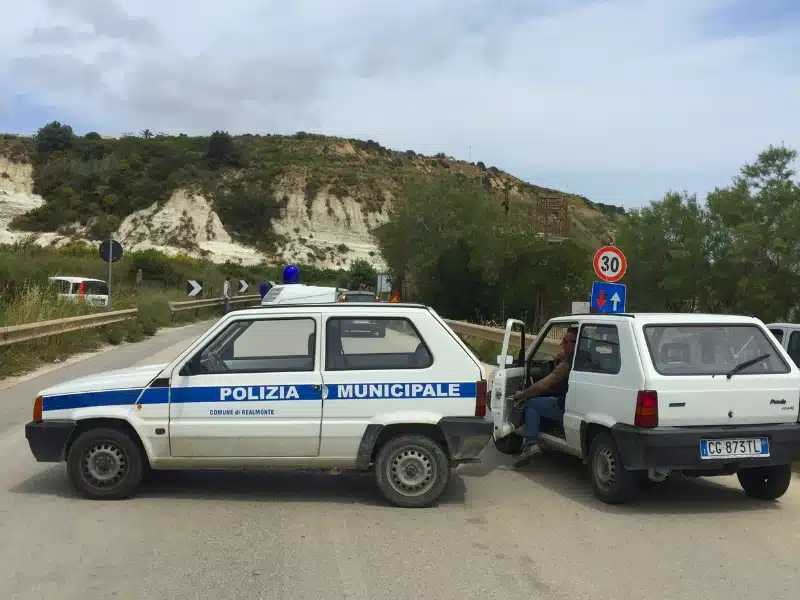
Should I take a road trip to Italy?
Absolutely! Italy is a gorgeous country with beautiful landscapes, amazing food, and great wine to sample. A road trip in this amazing country is one of the best ways to see all Italy has to offer.
Are you looking for more driving guides? Check out these top posts…
Driving in Albania: Essential Tips for an Amazing Trip
Driving to Spain from UK: Best Routes & Driving Tips
Top Road Trip Destinations in Queensland: Tips & Tricks
Driving to France from UK: Absolutely Everything You Need to Know
Driving from UK to Germany: Best Routes, Costs & Tips
Tips for Stress-Free Holiday Road Trips with Your Family
Love it? Pin It!
